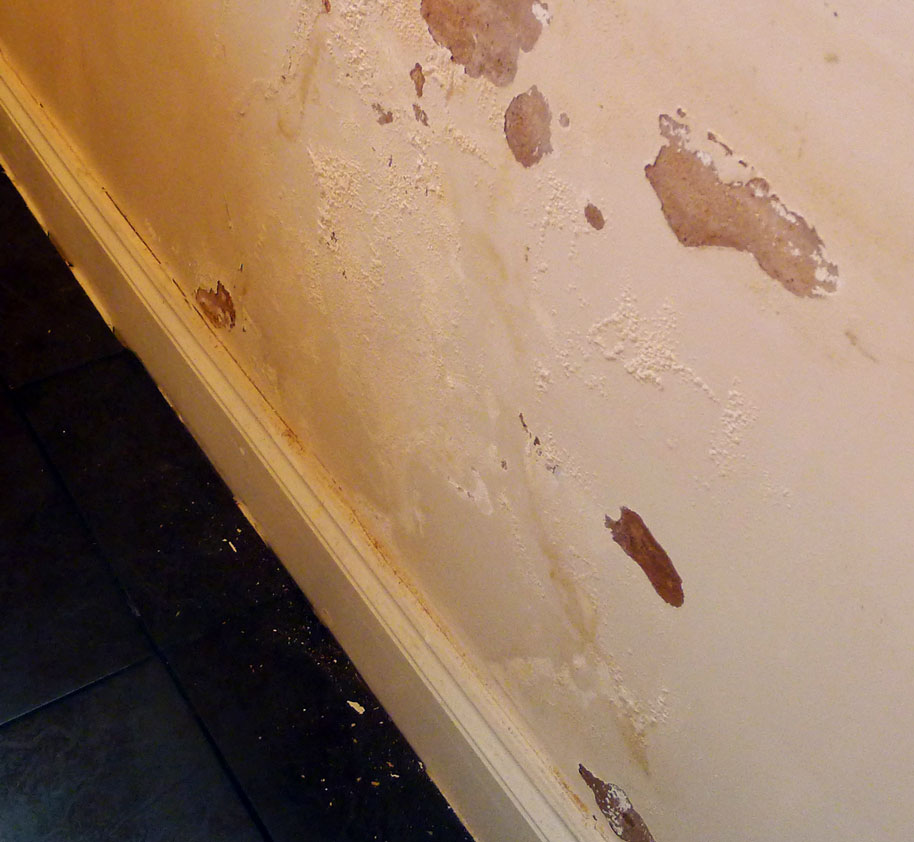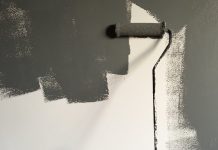Dispose of Mold and Moisture
Humidity
The quantity of water vapor in the air has a large role in giving the atmosphere the different climatic characteristics of all regions of the globe, and scientists have called this steam term (Humidity), which is an important element of the elements and the atmosphere as it affects and is affected by everything around. In other words, the concept of humidity can be explained as the amount of water vapor in the surrounding atmosphere or in the different surfaces that takes the body of invisible water molecules. Water also enters the Earth’s atmosphere, helping to break down some dangerous olfactory rays and absorb some long sound waves.
Mold
Mold is a type of fungus that increases the chance of growing in humid, poorly ventilated areas, and places that are not exposed to the sun directly, and are of many types and multiply and may reach hundreds of thousands of species. In other words, Mold is a kind of microscopic fungal organism that analyzes organic matter on all forms of surfaces of various types if the conditions are favorable and conducive to their growth. It can spread on plant leaves, different types of foods, wallpaper, wood surfaces, and ceilings.
Dispose of moisture and Mold
Some small quantities of mildew and moisture will not have a significant pathogenic effect on individuals. However, if the appearance of the moisture and the associated rot and the spread of large and not try to eliminate it and inhibit its growth, it will affect in a satisfactory way individuals with the emergence of some symptoms As well as damage to the internal environment such as furniture, wallpaper, industrial roofs, etc. It is therefore very important to find the source of moisture and try to eliminate it and remove it, otherwise it is likely that the fungi and Mold will return to growth again despite all the processes Cleaning methods used, but there are many styles and methods that can be used in the disposal and elimination of Mold and moisture, and the most important is the following:
- It is important to ensure the source of moisture and mold residues is removed completely and completely before replacing some elements of the internal environment as some pieces of furniture so as not to move to it Mold and come back to grow them again.
- The rotting materials that absorb water by their nature, such as wall panels, wallpaper, insulation, and gypsum, should be disposed of by water absorption, evaporation and dryness, making the process of cleaning and sterilizing them completely and final difficult and almost impossible. Once again, it is better to remove the Mold from its base and not just to kill it. The more rough and non-absorbent surfaces can be retained after cleaning, sterilizing, and drying such as glass,
- You can get rid of the effects of moisture and Mold on the fabrics by putting them in an external environment and cleaning the fungal spores with a soft brush and put them in the sun for three hours and then automatically washed in the washing machine with the addition of some diluted bleach and rinsed with water and drying, Blankets, and towels.
- When contact with water for wooden furniture, the Mold usually grows quickly if it is ventilated and dried. If the rotting areas are treated and cleaned within 24 hours, it can be cleaned completely and there is no need to get rid of the damaged parts. The Mold on the upholstered furniture can be extracted. And the removal of traces of spores, fungi, and Mold, using the vacuum cleaner in a dry and sunny place. The remaining external parts and effects of the Mold can be removed using a cloth moistened with diluted alcohol or diluted bleach solutions.
- In the case of exposure to some old books and the value of the Mold can be cleaned by spreading in the sun for at least three hours, and when confirmed to dry the process of removing the effects of stains using a piece of cloth dampened with chlorine diluted with water, To avoid being damaged, dry and wipe with a soft, clean brush.
- Removal of moisture and Mold from walls and walls is possible by mixing chlorine with three amounts of water or using bleached products. The dark mold areas are rubbed with rough brush and rinsed with water. If this not work, it is possible to use detergents and exclusive products Fungi and mold on the mural surfaces. Care should be taken to mix the cleaning agents to avoid severe chemical reactions.
- In the process of cleaning fungus, spores, and Mold it is essential to wear protective clothing, such as gloves to protect the hands from cleaning agents and image, and glasses to protect the eyes from entering dry spores to it, and gums to protect the lungs when breathing from inhalation of fungi, and thus avoid any allergic reactions, eye problems and congestion Throat, and nose.
- In general, the preservation of ventilation of bathrooms and kitchens and away from the storage of books and wooden furniture in areas known as wet as the basement and basement, also, to address all the problems of water leakage in buildings, which limits the aggravation and development of the spread of mold






